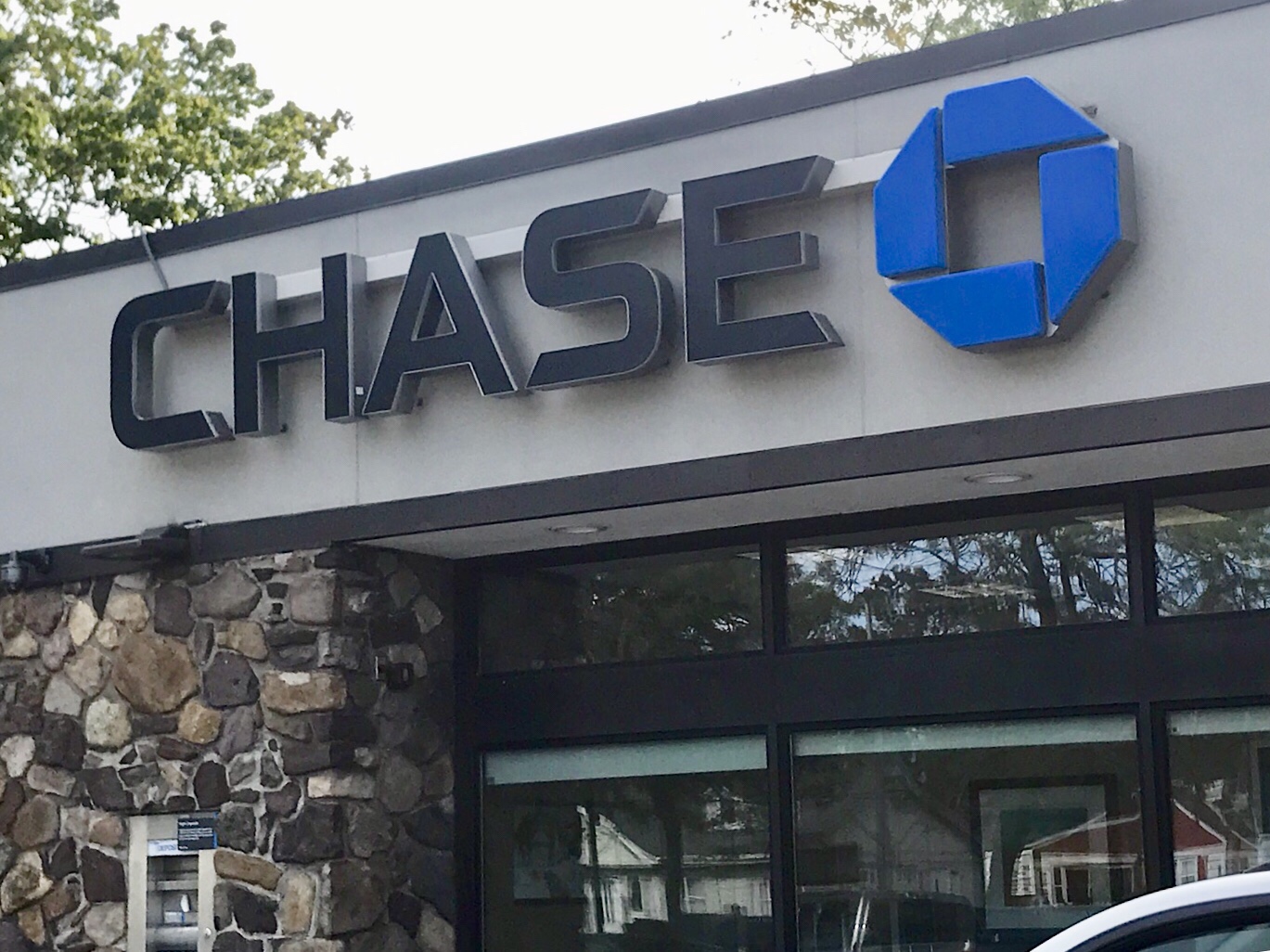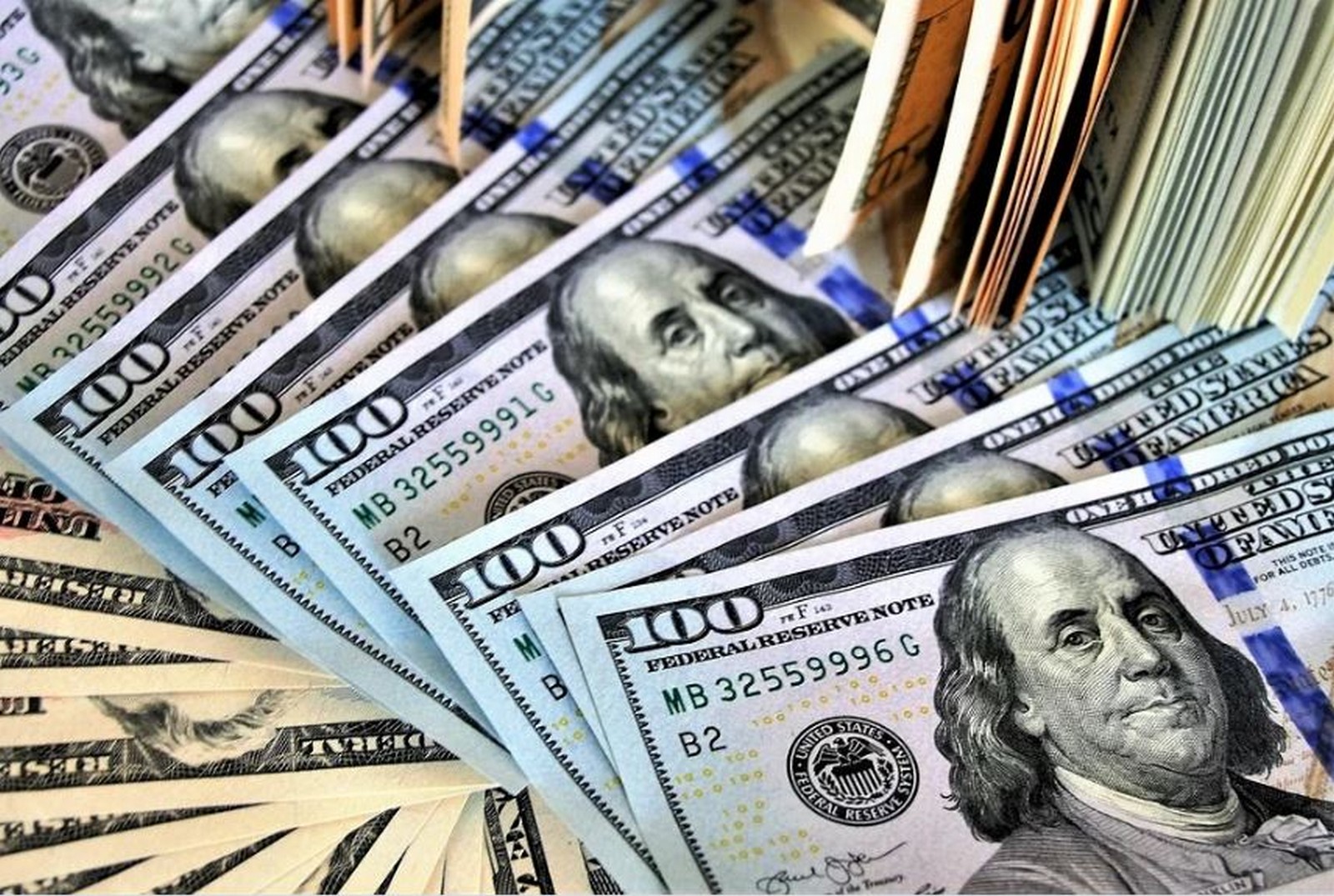
Pay Yourself Back Changes
Chase has devalued their Pay Yourself Back feature. Perhaps you’ve heard. Since it’s arrival in mid 2020, Pay Yourself Back has enabled many Chase cardholders to erase various charges with extra Ultimate Rewards point value. Like many hobby devaluations, calling the change bad and moving on to the next news story would be simplest. But how bad is the devaluation, actually? And – gasp – is there possibly some good news in there? Today, I’m reflecting on the Pay Yourself Back changes to answer those questions. I’m primarily focusing on Chase Sapphire Reserve implications, as that’s historically been the most prominent Pay Yourself Back player. I’ll address the other cards later in the article. But first, here’s a quick recap of the changes.
New Pay Yourself Back Categories and Terms
Below’s a quick snapshot of the new Pay Yourself Back setup. Check out DDG’s article for more in-depth info.
- Chase Sapphire Reserve: Points are redeemable for 25% more value through Q1 2023 for purchases at gas stations, grocery stores, and the card annual fee. Points are redeemable for 50% more value for donations at qualifying charities.
- Chase Sapphire Preferred: Points are redeemable for one cent per point value for purchases at gas stations and supermarkets through Q1. Points are redeemable for 25% more value for donations at qualifying charities.
- Chase Ink Business Preferred and Ink Plus: Points are redeemable for 25% more value on the following: internet, cable, phone services and shipping through Q1.
- Chase Ink Business Cash and Ink Unlimited: Points are redeemable for 10% more value on the following: internet, cable, phone services and shipping through Q1.
- Freedom, Freedom Flex and Freedom Unlimited: Points are redeemable for 25% more value for charitable donations.
For Chase Sapphire Reserve Cardholders
Up until now, Reserve cardholders have received 50% extra point value via Pay Yourself Back in staple categories, including grocery stores (initially) and dining (most recently). No 50% category broadly applicable to consumers is a clear devaluation. But we can’t ignore that the new 25% categories are very applicable to a broad customer segment. I spend much more at gas stations and supermarkets than on dining, and so do many others. Therefore, while the rate is a devaluation, I consider the updated categories, in and of themselves, as an improvement. Many organic spenders and also those who use more advanced methods can clearly benefit from these two widely applicable PYB categories. Sure, I wish those categories were at 50% extra value, but I’m not turning down 25%, especially at scale. I don’t think I’m alone here.
As before, Reserve cardholders will need to evaluate their redemption strategies. Some will obtain better value from travel partner redemptions or the Chase travel portal at 50% extra point value. But some of us will continue using Pay Yourself Back on the new categories.
Another positive is that 50% extra value on charitable donations remains. Obviously, many of us regularly give to charities. These donations are no different than organic spending in terms of cash flow. This remains a broadly applicable category for many Reserve cardholders.
For All Other Chase Cardholders
Those who hold any of the other cards still have access to a few useful Pay Yourself Back categories, although I think these cards were never primarily about maximizing Pay Yourself Back. And many card benefits unrelated to Pay Yourself Back make each individually worth holding for many.
It’s silly that Chase is advertising Pay Yourself Back at gas stations and grocery stores at one cent per point for Preferred cardholders. Those individuals have historically been able to redeem Ultimate Rewards at that rate for cash back at their convenience.

For Anyone…
…holding any of the above cards and purely viewing these as negative changes – lighten up! All of these cards, with the exception of the Freedom Flex, predated Pay Yourself Back. Many signed up for these cards without the expectation of receiving Pay Yourself Back benefits and are now complaining about this incremental devaluation. And I’m confident that individuals who picked up the Freedom Flex predominantly did so for reasons not involving Pay Yourself Back – the card’s (5x and 3x spending categories), for instance.
Let’s look at one example. Since card launch, Reserve cardholders have had to swallow a $100 annual fee increase and loss of a few minor benefits, like DoorDash credits. Meanwhile, cardholders rode the wave of Pay Yourself Back up to 50% in broad categories and now down to 25% extra value in some useful ones. At this point, one can still argue that the Reserve has improved benefits since inception (Pay Yourself Back) and maintained others along the way ($300 travel credit, 50% extra value via the Chase travel portal). I’ll take that in return for a modest annual fee increase, and I bet many others do, also.
Pay Yourself Back Changes – Conclusion
Once again, our points and travel hobby has become even more nuanced. Those who blindly assess any development in our hobby as completely bad (or good) are at risk of losing out. I come back to the same conclusion I have many times previously. Reset your goals, crunch the numbers, and act accordingly. What are we doing? Either my wife or I will continue holding a Chase Sapphire Reserve, and we’ll keep happily cashing out at 1.25 cents per point. The decision was fairly easy. Our goals are similar to what they were when we began cashing out Ultimate Rewards at one cent per point several years ago. So then, dear reader, what’s your take on the recent Pay Yourself Back changes?



The CSR’s insurance (primary car, trip delay) has helped me three times in the past two years (stolen rental car in SF, minor accident in Lisbon, and a missed connection). I’m disappointed about the loss of PYB because I haven’t been thrilled with how hotels treated me when I booked through the Chase portal and I’d rather take the cash, but I’ll use the card for the insurance alone now.
The card was a keeper for me since it’s launch (in 2016?) at a $450 AF or $150 after the $300 annual travel credit. I enjoyed the 50% uplift on bookings on the chase travel portal even if it was a pain sometimes. It made me want to travel more, with my interpretation that it was a 33% discount on travel compared with cashing out at 1cpp (which I never did, but considered at the beginning of covid). The real/full priority pass + primary car rental insurance was worth the $150 per year net AF.
Once covid hit, I of course really enjoyed the quarterly or semiannual category boosts to 1.5cpp cashout, and milked it for all I could. Chase never said these PYB options were permanent. However with the $100 AF increase to $550, I’m reconsidering if I want to keep it but will likely stay for a while to see what else Chase does with the CSR in 2023.
Hopefully I can return to 1.5cpp travel bookings on the chase travel portal or maybe Chase will run some promos like a 2022Q2 spring bonus of 1.5cpp at home improvement stores.
I can’t imagine that Chase is going to just watch people cancel or downgrade their CSRs over the long term without making further adjustments.
Don’t sugar coat it. For some but not all, this devaluation makes the CSR a second-string card.